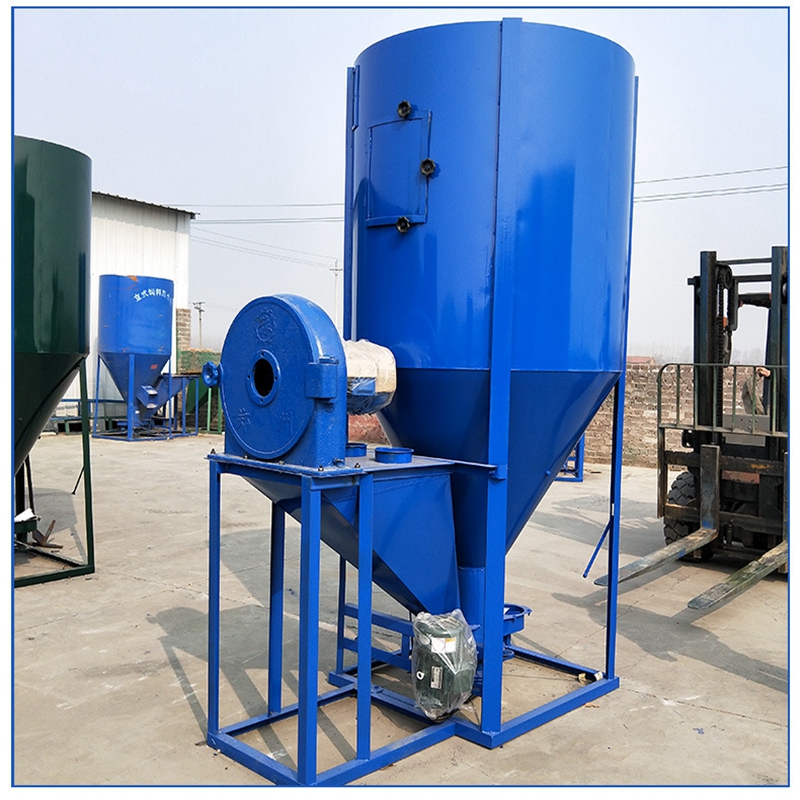Innovative Poultry Cages Designed to Enhance Layer Chicken Farming Efficiency and Welfare
សីហា . 09, 2024 06:20 Back to list
Innovative Poultry Cages Designed to Enhance Layer Chicken Farming Efficiency and Welfare
The Importance of Poultry Cages for Layer Chickens
In modern poultry farming, the well-being and productivity of layer chickens are paramount for sustainable egg production. Central to achieving these goals are poultry cages, which play a crucial role in maintaining the health, productivity, and overall welfare of these birds. This article delves into the significance of poultry cages for layer chickens, highlighting their design, benefits, and impact on farming practices.
Design and Features of Layer Cages
Poultry cages for layer chickens are meticulously designed to facilitate optimal living conditions. Typically constructed from high-quality materials such as galvanized steel, these cages are designed to withstand the rigors of a farming environment. A standard layer cage is multi-tiered, allowing for a compact arrangement that maximizes space without compromising the chickens' comfort. Features such as slatted floors promote hygiene and minimize the accumulation of waste, ultimately leading to healthier chickens. Additionally, many modern cages incorporate automatic feeding and watering systems that ensure consistent access to food and water, essential for the birds' well-being and productivity.
Benefits of Using Poultry Cages
1. Health and Hygiene One of the primary advantages of poultry cages is the significant improvement in health and hygiene. Cages reduce the risk of diseases that can spread quickly among flocks in a free-range environment. The controlled environment of cages minimizes exposure to pathogens and pests, leading to healthier birds and consequently, more reliable egg production.
poultry cages for layer chickens

2. Egg Production Efficiency Layer cages promote higher efficiency in egg production. By providing a controlled environment where each hen has its designated space, farmers can monitor their hens closely, ensuring that they are receiving appropriate care and nutrition. Studies have shown that hens in well-designed cages can produce more eggs compared to those that are free-range or housed in less optimal conditions.
3. Space Utilization Poultry cages allow farmers to utilize space efficiently. With multi-tier systems, a larger number of hens can be housed in a smaller footprint compared to traditional farming methods. This vertical stacking not only saves land but also makes it easier to manage the flock, leading to better overall production and operational efficiency.
4. Labor Management The use of poultry cages reduces the labor required for poultry management. Automated feeding and watering systems, along with easy access for cleaning and monitoring, help farmers manage their time and resources effectively. This translates to lower operational costs and allows staff to focus on other important aspects of poultry care and farm management.
5. Animal Welfare Considerations While there has been debate regarding the welfare of hens in cages, advancements in cage design have improved conditions significantly. Many modern cages provide enough space for individual hens to move comfortably and engage in natural behaviors. Furthermore, regulations and guidelines are increasingly focusing on improving the standards for cage environments, ensuring a balance between production efficiency and animal welfare.
Conclusion
Poultry cages for layer chickens are an essential component of modern poultry farming. Their design not only enhances efficiency and productivity but also promotes better health and welfare for the animals. As the industry evolves, continued innovations in cage technology will be crucial in meeting the demands for humane, sustainable, and productive egg production. Embracing these advancements not only benefits farmers but also aligns with the growing consumer demand for ethically produced eggs. In conclusion, poultry cages are more than just structures; they are pivotal in shaping the future of poultry farming.
-
High Performance Exhaust Fan – Efficient Ventilation Solutions for Home
NewsJun.10,2025
-
High-Quality Gestation Pen for Sows Durable Mobile Pig Pen & Simple Pig Pen Solutions
NewsJun.10,2025
-
High Quality Rabbit Cage Double Tier Designs & Welded Wire Mesh Supplier
NewsJun.10,2025
-
Floating Fish Feed Machine - High Efficiency Floating Fish Feed Extruder for Small Scale Production
NewsJun.10,2025
-
Premium Poultry Housing Solutions Mobile & Commercial Free Range Options
NewsJun.10,2025
-
Industrial FRP Fans Corrosion-Resistant Blades & Centrifugal Systems
NewsJun.09,2025






